Water covers about 70% of the Earth’s surface and is essential for all living organisms. However, water pollution is becoming a serious issue not only in developed countries but also, and especially, in developing countries where water environmental protection has not been adequately addressed. So, what is water pollution? What are the consequences of water contamination in Vietnam? Let’s explore with Reecotech in the article below!
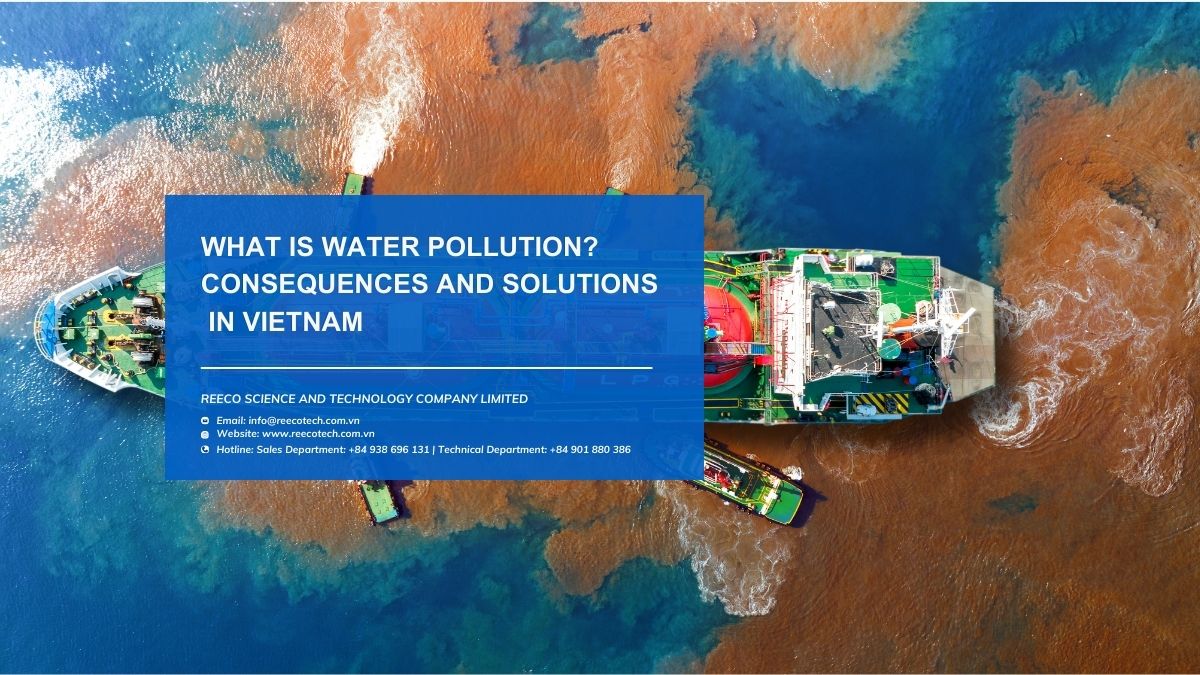
What is Water Pollution?
Water pollution, also known as “water pollution” in English, refers to the contamination of water sources (including both surface water and groundwater) which leads to negative changes in the composition and quality of the water. This results in the presence of harmful substances in the water, severely affecting human health, ecosystems, and the environment.
Water pollution can be identified through several noticeable indicators, such as unusual water colors (yellow, black, reddish-brown, etc.), strange odors (foul, rancid, musty, etc.), the presence of scum and bubbles, and the death of aquatic life. Common pollution sources include fertilizers and pesticides from agriculture, wastewater and by-products from food processing, lead, mercury, and other heavy metals, as well as chemical waste from various industries.
=> Read more: Water Quality Monitoring – Importance and Information You Need to Know
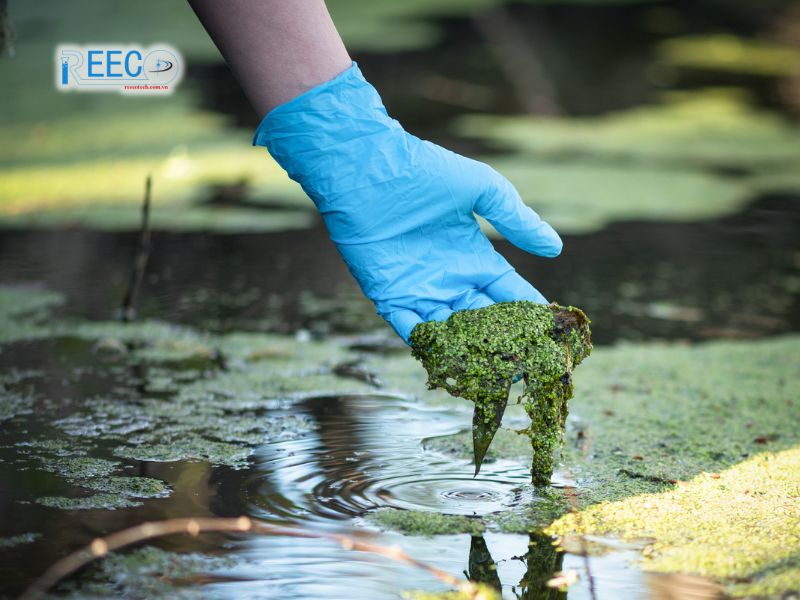
Consequences of Water Pollution Today
Health Impacts of Water Pollution
Most types of water pollution have adverse effects on human health, as well as on animals and plants. While water pollution may not have immediate impacts, negative effects can appear after prolonged exposure. Different forms of water pollution cause harm in various ways:
-
- Heavy metals from industrial activities can accumulate in lakes and rivers, harming marine life such as fish and shellfish, which in turn affects humans when consumed. These heavy metals can cause developmental delays, birth defects, and cancer.
- Industrial waste contains many harmful compounds that damage aquatic health. Some toxins may cause mild effects, while others can lead to death. These toxins can suppress the immune system, reduce reproductive capabilities, or cause acute poisoning.
- Pollutants from wastewater often lead to infectious diseases in aquatic species and terrestrial organisms through drinking water. Microbial contamination in water is a serious issue in developing countries, with diseases such as cholera and typhoid fever being major causes of infant mortality.
- Sulfate particles from acid rain can harm the health of organisms in rivers and lakes, potentially leading to death.
- Suspended particles in freshwater reduce the quality of drinking water for humans and adversely affect marine habitats. These suspended particles can decrease the amount of sunlight penetrating the water, disrupting the growth of photosynthetic plants and microorganisms.
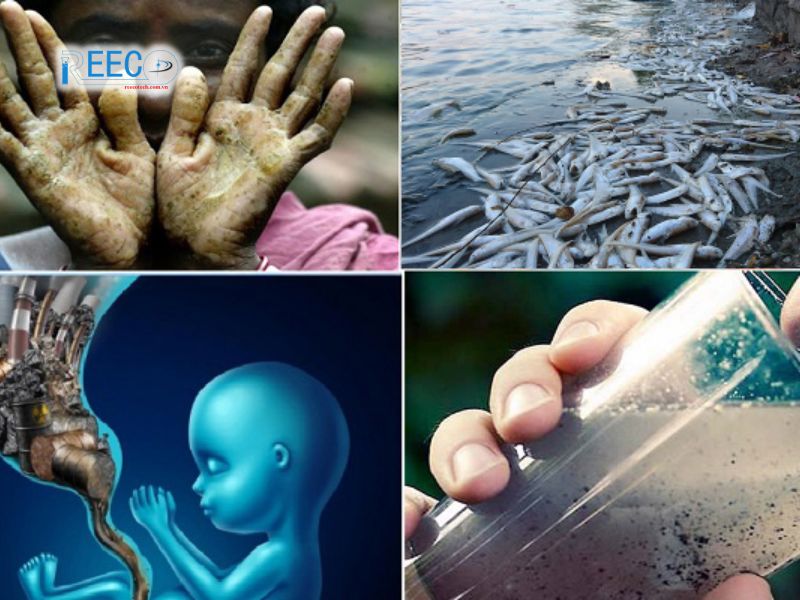
The Economic Impact of Water Pollution
Water pollution can cause significant economic damage due to the costs of treatment and pollution prevention. Non-biodegradable waste can accumulate in water and flow into oceans.
Groundwater pollution can be controlled by preventing pollutants from entering nearby water sources. There are various water treatment methods to prevent pollution, such as using biological filters, chemicals, or sand filters.
Although these techniques require maintenance costs, the costs of preventing pollution are generally much lower than those of cleaning polluted water. The cost of cleaning water pollution depends on several factors:
-
- Location of Pollution: The location of the water pollution is crucial in determining the cleanup cost. Pollution in accessible areas will have lower cleanup costs.
- Extent of the Pollution Area: The larger the area of pollution, the higher the cleanup costs.
- Type of Pollutant: Some pollutants are more difficult to clean than others, so the cleanup costs will also be higher.
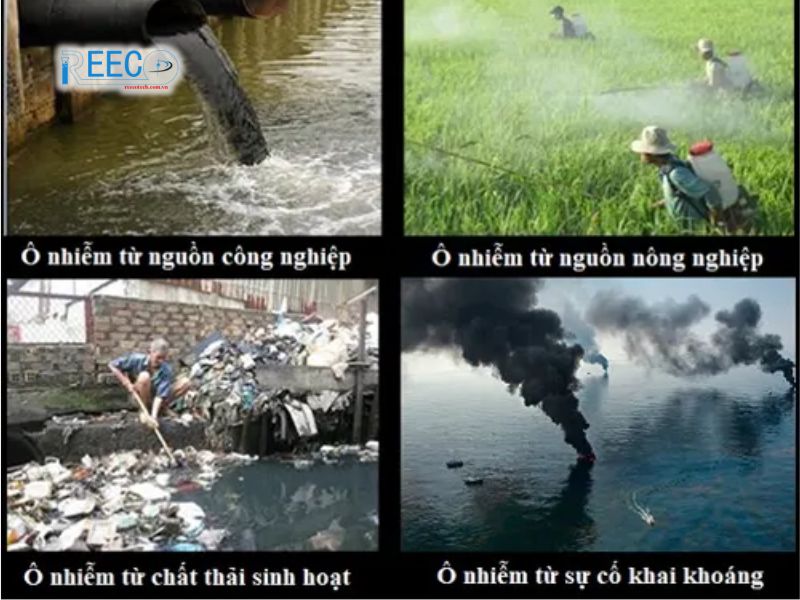
Causes of Water Pollution
Water pollution worldwide today arises from many causes, including:
-
- Industrial waste
- Untreated domestic wastewater
- Mineral resource extraction activities
- Oil spills due to accidents
- Use of fossil fuels
- Global warming
- Radioactive waste
- Urbanization
- Animal waste
- Leaks from underground storage
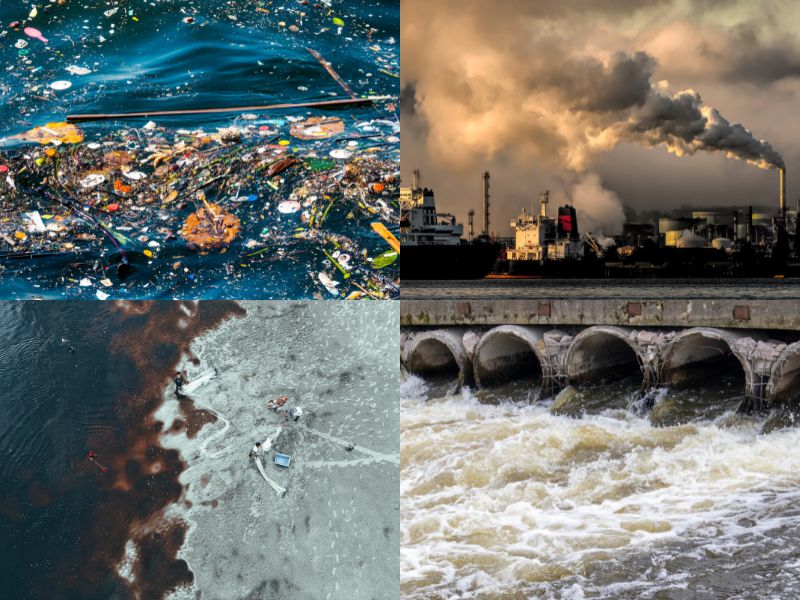
Measures to Address Water Pollution
Enhancing Awareness and Waste Management to Protect the Environment
Enhancing community awareness about waste management is crucial for improving and protecting natural water sources. Many people still believe that their individual actions are merely a “drop in the ocean” and do not significantly impact the environment. However, the enormous amounts of plastic waste in the oceans clearly illustrate the damage we are causing. All waste ultimately ends up in the oceans, directly affecting both the environment and marine life.
Therefore, educating future generations about environmental responsibility is extremely important. We need to change public awareness and habits to address environmental issues more effectively. It is essential to strengthen advocacy and education to raise awareness about environmental protection, including simple actions such as disposing of waste properly and condemning littering.

Building and Improving Environmental Legal System
Among the causes of water pollution, individual and collective awareness is key. To address this issue, timely and strict deterrent measures are needed. The enforcement methods must be serious, fair, and effective, avoiding cover-ups and incitements to wrongdoing. The legal system plays a central role in addressing these problems.
Improving Wastewater Treatment Systems
To enhance the efficiency of wastewater treatment, coordination between the government, businesses, and the community is essential. The government invests, businesses carry out construction, and citizens use the treatment systems. Increased inspection and monitoring of discharge activities in industrial zones are needed to detect and address violations promptly. Factories should build wastewater treatment tanks rather than discharging directly into the environment.
The government should increase investment in standardized wastewater and waste treatment systems and explore more effective methods for addressing water pollution. Encouraging rural residents to adopt solutions such as septic tanks and improved biogas pits for wastewater treatment can prevent direct discharge of waste and urine into the environment. Improving agricultural production through natural methods and using pest-resistant crops will help reduce the use of harmful chemicals.
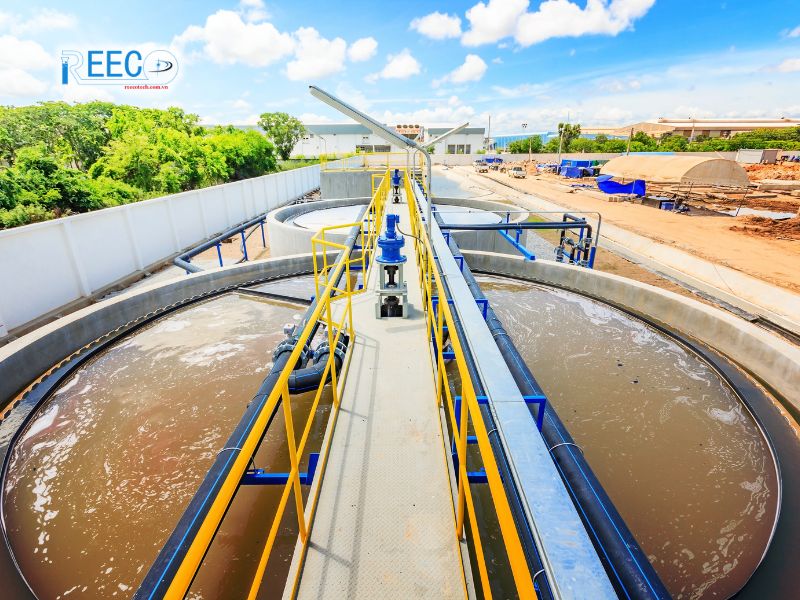
Application of Technology in Water Quality Monitoring and Measurement
Another important solution is the monitoring of water quality and the use of water measurement devices. Establishing a water quality monitoring system helps to continuously track and promptly detect any abnormal changes in the water environment. Modern measurement devices can provide accurate data on parameters such as pH, turbidity, pollutant concentrations, and other chemical indicators.
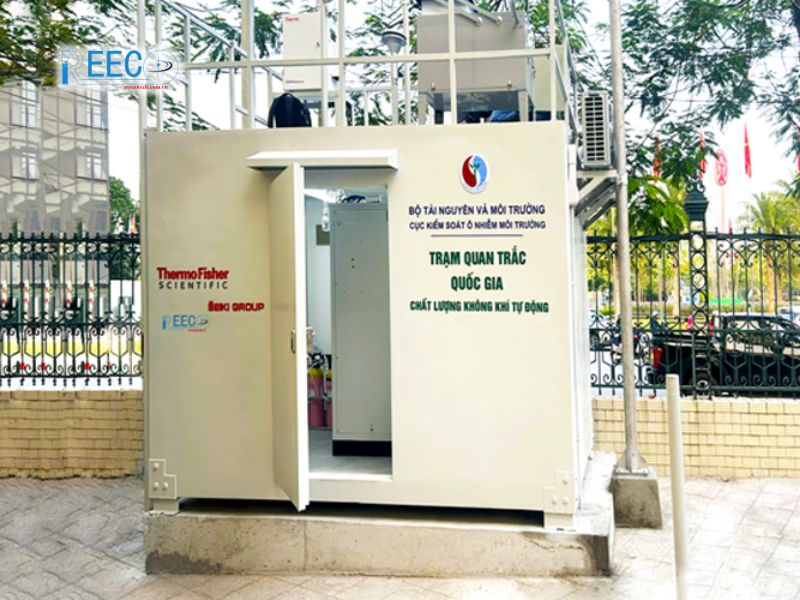
The government and relevant agencies need to invest in water quality monitoring systems to ensure that all water sources meet safety standards. Companies and organizations should also apply this technology to automatically monitor and address water quality issues in industrial and agricultural areas. An effective monitoring system not only helps protect public health but also ensures the sustainability of aquatic ecosystems.
